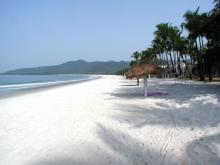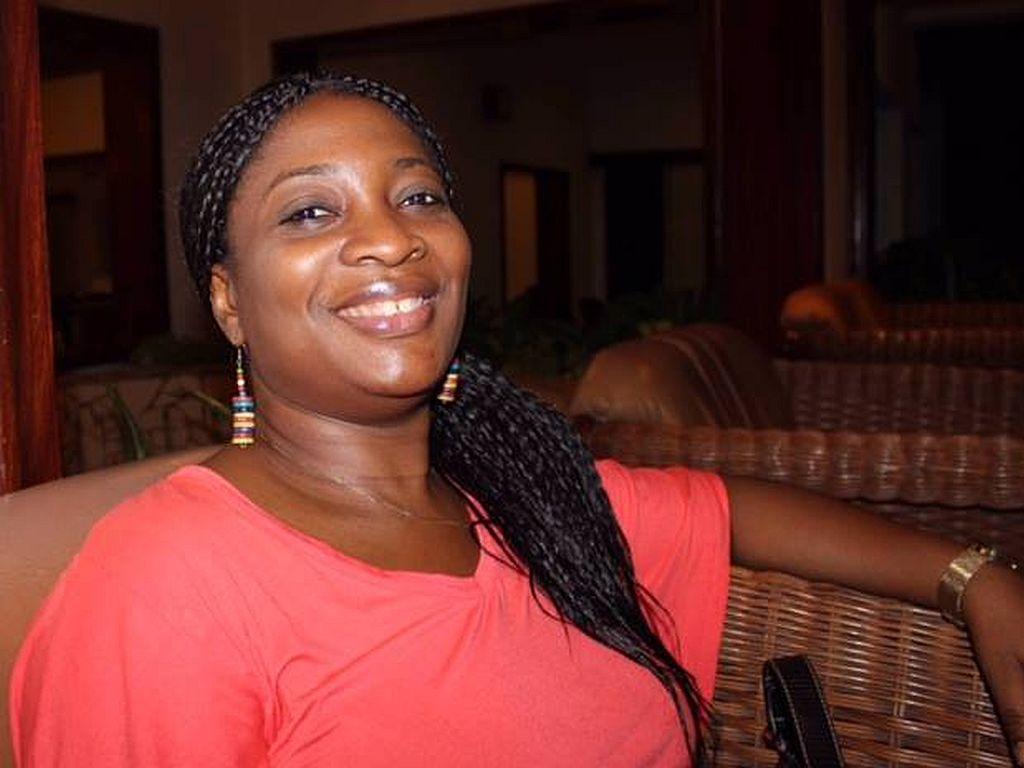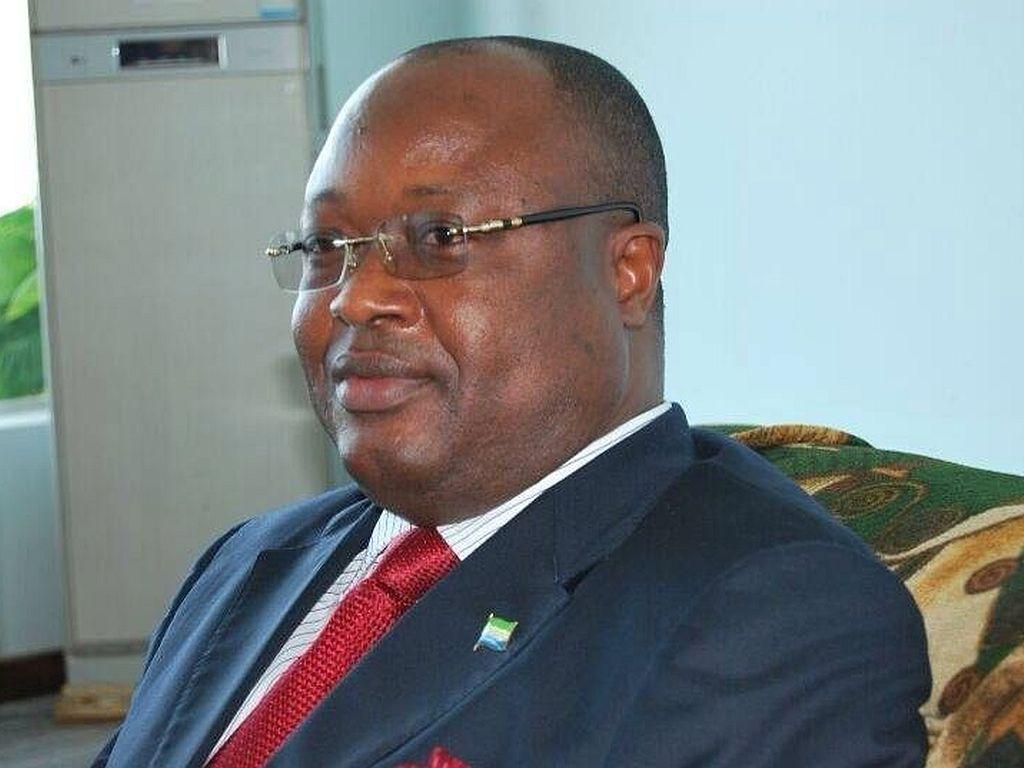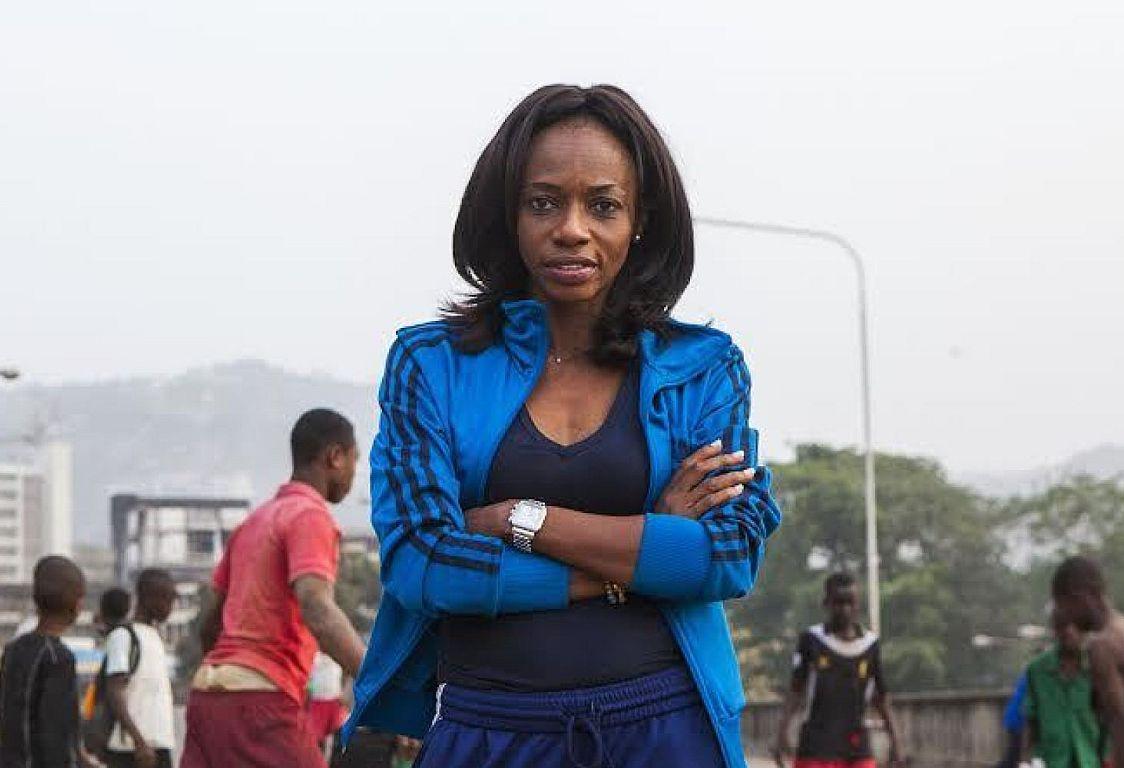By James Tamba Lebbie
I'm not sure how much mud must have been thrown (even if it does not stick) by supporters and sympathisers of the ruling All Peoples' Congress party on Dr. Omodele Jones, the Chief Executive Officer of the FJP Development and Management Consultants. And there is every possibility that he must have been even dismissed as an opposition (SLPP) supporter for explaining on radio why Sierra Leone performed so dismally in the World Economic Forum’s Global Competitiveness Index (GCI) Report 2013-2014. And for those who don't know, his company is a partner institute of the World Economic Forum’s Global Competitiveness and Benchmarking Network for Sierra Leone and Liberia.
The report ranks Sierra Leone 144 out of 148 despite a World Bank report earlier this year that Sierra Leone is the "fastest growing economy in Africa." Better than only Yemen, Burundi, Guinea and Chad. Meanwhile, let me attempt to throw some light on this report and its publishers before moving on to some of the factors for Sierra Leone's dismal performance in the index.
Edited by Prof. Klaus Schwab of the World Economic Forum (WEF) with advice from Prof. Xavier-i-Martin of Columbia University who doubles as Chief Advisor of the Global Competitiveness and Benchmarking Network, the report "assesses the competitiveness landscape of 148 economies, providing insight into the drivers of their productivity and prosperity." According to WEF, "the report series remains the most comprehensive assessment of national competitiveness worldwide."
The Global Competitiveness Index is anchored on 12 pillars, which are captured under three categories: the first four pillars – institutions, infrastructure, macroeconomic environment, and health and primary education are captured under the "basic requirement sub index" which is said to be the "key for factor-driven economies."
Six subsequent pillars – higher education and training, goods market efficiency, labour market efficiency, financial market development, technological readiness and market size are captured under the "efficiency enhancers sub index" which is said to be the "efficiency-driven economies".
The final category comprises two pillars – business sophistication and innovation – are captured under "innovation and sophistication factors sub index" which are the "key for innovation-driven economies."
In an interview with the local Radio Democracy after the report was published, Dr. Jones pointed out that Sierra Leone's competitiveness was assessed under the "key for factor-driven economies" category only. One could therefore surmise that assessment under the other two categories is just unrealistic and far-fetched. But come to think of it, the fact that Sierra Leone was assessed just under the first category that captures infrastructure and health and primary education and didn't measure up, makes an absolute mockery of the government's much-trumpeted "free health care" initiative introduced over two years ago. It is also implicitly dismissive of the government's much-talked-about infrastructural development.
On the whole, Sierra Leone's very poor performance in the Global Competiveness Report begs the question that if it cannot measure up in an index that assesses it only in the first of three categories, what realistic chances does the country have in securing a better score in the second category, which has higher education as one of its pillars? And since education generally and higher education specifically is a subject of interest to me, I will narrow my focus to the government's apparent inability to turn around the country's education system across the board. In fact, it is public secret that under the watch of the current minister, education has taken a plunge into irrelevance largely due to his retrograde approach.
Despite megaphone rhetoric about the government's "Agenda for Prosperity" project with a focus to revamp the education system, the reality on the ground is nothing to write home about. On paper, there is a promise that "in the next five years, Government will invest in and reform the educational system, especially basic education, to ensure quality learning and adequate human resource development." Other commitments to education reforms include improving education access, completion, and equity of opportunities; making education more equitable and accessible; improving education completion rates especially for girls; improving teaching/learning quality education at all levels; making learning more relevant to learners; ensuring adequate school contact hours, and improving education administration. But there seems to be a glaring paradox in the practical implementation of the government's policy on the ground.
A 2010 government White Paper on education among other things outlined that the instructional time should be adequate, and should be properly and fully utilised; that contact hours will be increased; that there should be the phasing out the double-shift system and senior secondary schooling should be extended by one year. As I put this piece together only one recommendation has been implemented, namely: the extension of senior secondary schooling to four years without the corresponding benchmarks, which many people consider absurd, to say the least. At a time when policies are being made around the world to reduce the number of years for academic pursuit, Sierra Leone is moving against the tide by doing the direct opposite of this trend. And even when the recommendation was made on the grounds that additional classrooms and facilities would be provided to accommodate pupils in the fourth year, no such provision has been made. And with inadequate space to accommodate pupils in senior secondary schools, the move to phase out the two-shift system in schools is out of out the question and by extension contact hours will be inadequate. This therefore makes mockery of the government's strategies to improving access to education, never mind quality education.
Commitment and efforts towards revamping tertiary education in the country is even more daunting for the government. And to remind you, higher education and training is one of the 12 pillars on which the Global Competitiveness Index rests. Granted that government subvention to national polytechnics and universities has increased substantially the reality though is that funding for those institutions is still grossly inadequate.
Take the University of Sierra Leone (USL) for instance. Over the past two to three years the government subvention also covers fee subsidy for students because the university authorities were asked to freeze fee increment. While it is not clear whether the fee subsidy will continue or that the freeze on fee increment will be removed to enable the university charge fees it deems realistic in light of its commitment, the financial situation of the university looks very much shaky.
According to USL's budget estimates for 2013 to 2015 (I understand the budget for 2014 is currently being revised) the university will incur a Le 20 billion deficit. This figure has to be placed in context for a better understanding. Internally-generated income for the university is estimated to more than double from Le 32.7 billion in 2013 to Le 65.8 billion in 2014. At the same time, government subvention is expected to increase by less than a quarter – from Le 43.6 billion in 2013 to Le 52.3 billion in 2014. This accounts for the Le 20 billion shortfall I mentioned above and for which the university authorities are currently scratching their heads for a solution.
And while the 2005 Universities Act mandates the country’s two public universities to accrue funds from other means, including through investment to augment its income, there is no gainsaying in the fact that tuition charges constitute the main source of funding for them. In my view therefore, the realistic options open to the university in the current circumstance is either through fee increment or a quantum leap in the government subvention to the university to cover its projected budget shortfall in 2014. This USL example is just to illustrate the funding gaps for tertiary education specifically and education generally.
As a required response, government has to move beyond rhetoric to providing the political will. Among a gamut of issues doing this includes substantially increasing funding for education. It is only when this country can boast of a critical mass of educated people in all fields of endeavour that its overall development can be assured. And until we reach that stage, Sierra Leone will continue to lag behind in every competitive index like the just published Global Competitive Index.
© Politico 08/10/13








